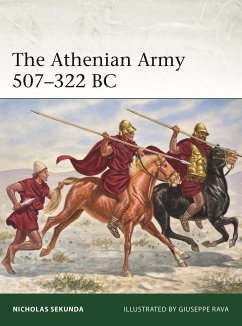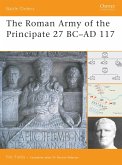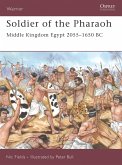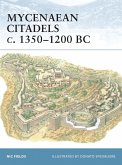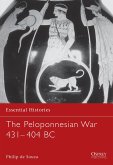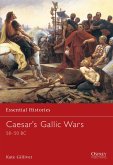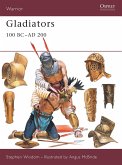This fully illustrated study explores the formidable Athenian army, rivalled only by the Spartan army in terms of battlefield prowess and influence. In 508 BC, the reforms of Kleisthenes established the ten tribes of Athens, inaugurating a system of military organization that remained in place for nearly 200 years until Athens' eclipse by the growing power of Macedon in the early 3rd century BC. Fully illustrated, this lively study investigates the development and effectiveness of the armies fielded by Athens during its many wars with its Greek neighbours, notably Sparta, and other opponents such as the Persian Empire. A variety of different troop types made up these armies, ranging from formidably armed and armoured hoplite heavy infantry to lightly armed archers, peltasts and cavalry. In this book, Athens' major wars and battles of the period are summarized, and important aspects contributing to the Athenian army's battlefield prowess, influence and legacy, ranging from mobilization and training to the evolution of arms and armour, are examined in the light of the latest scholarship and archaeological finds. The eight colour plates reconstruct the appearance of components of the Athenian army at various stages of its development. The authoritative text is complemented by carefully chosen photographs, many in colour, depicting a variety of surviving artefacts, supported by informative captions.

